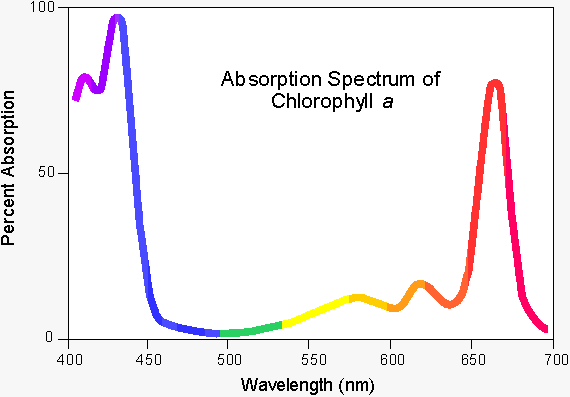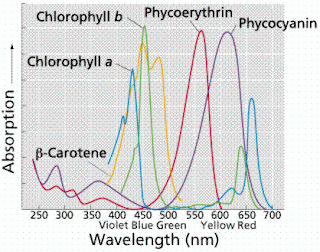I've been doing a ridiculous amount of reading around photosynthesis recently and noticed something.
A lot of hydroponic sites show the following graph (or something very similar), which is from the Sunmaster website;

Here is the spectrum for chlorophyll (b is similar and the carotenoids aren't that far off, neither do you find much of them in leaves);

Why does their graph show plants as absorbing green, yellow and orange light almost as well as they do red and blue? It looks like they've drawn an almost straight line between the peaks.
The fact 99% of plant leaves are green should be a clue that's not right.
SunMaster are not the only people using this graph. I have seen it a lot of different places but the majority of them were selling lamps. I haven't seen it in any scientific literature. Neither are NASA's LED experiments using green, yellow or orange light sources.
Here is the spectrum of the Sunmaster Super HPS. Compare it with their own graph of plant sensitivity and that of cholorophyll's absoprtion spectra;

A lot of hydroponic sites show the following graph (or something very similar), which is from the Sunmaster website;

Here is the spectrum for chlorophyll (b is similar and the carotenoids aren't that far off, neither do you find much of them in leaves);

Why does their graph show plants as absorbing green, yellow and orange light almost as well as they do red and blue? It looks like they've drawn an almost straight line between the peaks.
The fact 99% of plant leaves are green should be a clue that's not right.
SunMaster are not the only people using this graph. I have seen it a lot of different places but the majority of them were selling lamps. I haven't seen it in any scientific literature. Neither are NASA's LED experiments using green, yellow or orange light sources.
Here is the spectrum of the Sunmaster Super HPS. Compare it with their own graph of plant sensitivity and that of cholorophyll's absoprtion spectra;




